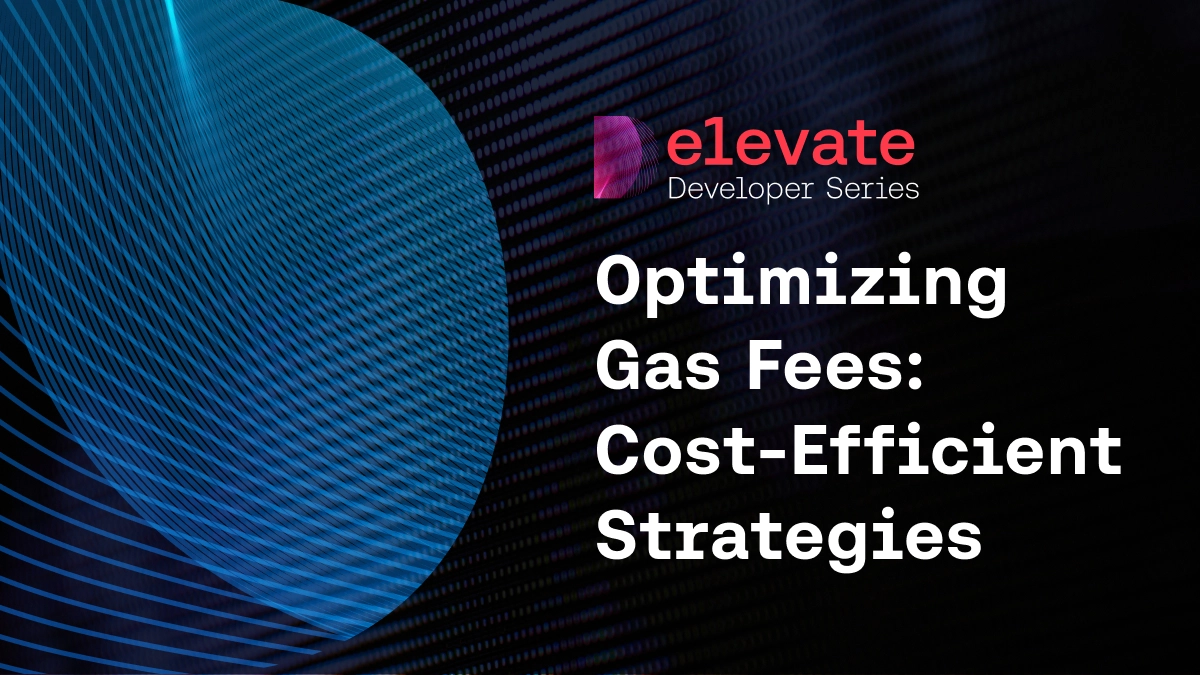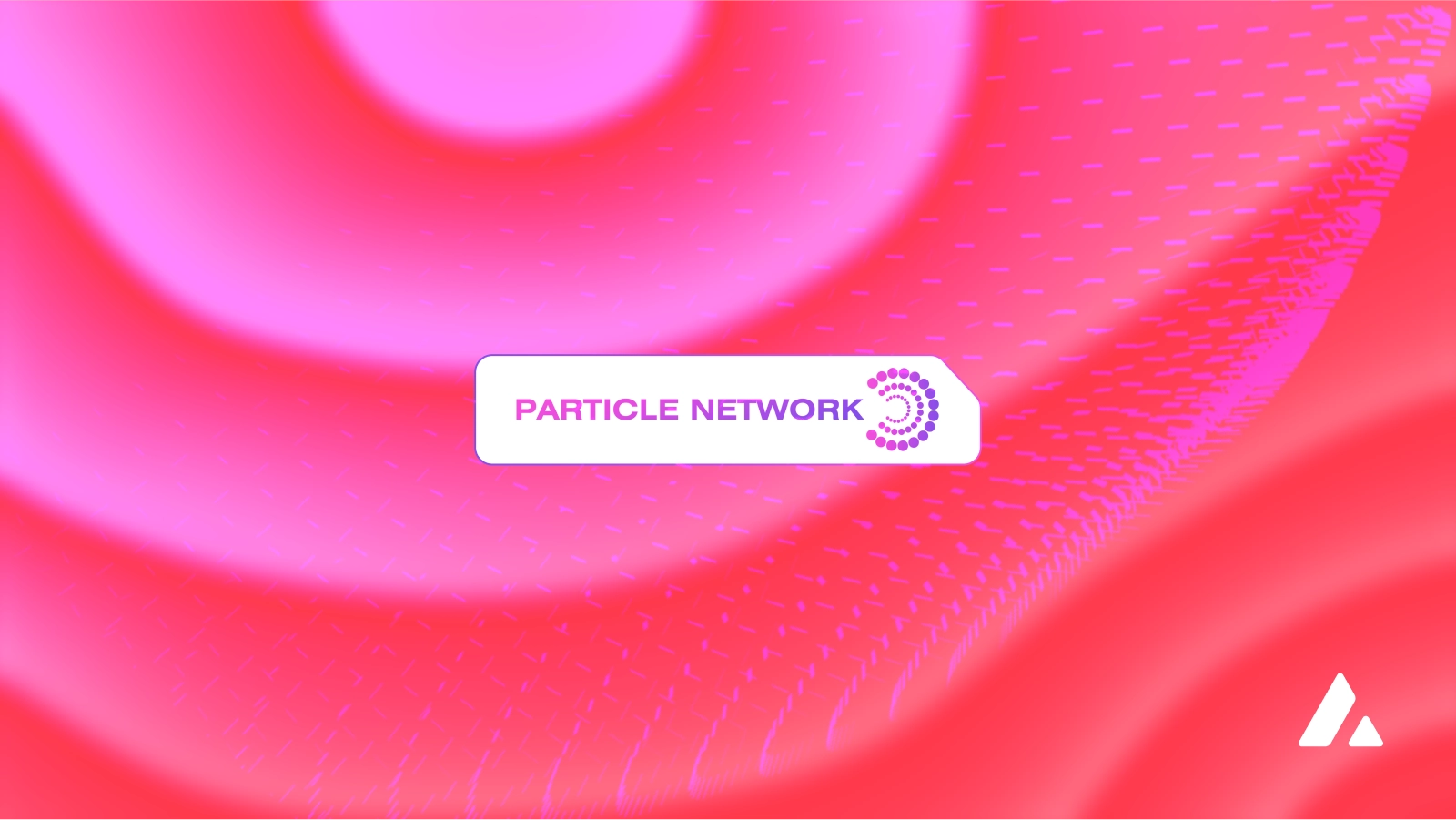Optimizing Gas Fees: Cost-Efficient Strategies for Developers
Optimizing Gas Fees: Cost-Efficient Strategies for Developers
Feb 5, 2025 / By Avax Developers / 5 Minute Read

Gas fees can be an obstacle to scalability, building complex applications, and providing a great user experience. Here’s how to keep fees under control by design.
Do you look forward to putting gas in your car?
Probably not. You enjoy driving the car, or you need it to get to a destination, but paying for gas isn’t the useful or thrilling part of the experience. It’s likely that you even optimize your usage—the number of trips you take, the vehicle you drive, the stations you visit—to reduce your costs.
The same is true of gas fees on the blockchain. They’re a necessary part of blockchain security: in an open, permissionless system, they prevent the network from being spammed at no cost. But I’ve yet to meet the developer who enjoys paying them. For the most part, we’re all looking to minimize that expense as much as is safely possible.
As a web3 developer, it’s important to keep gas fee optimization in mind when creating your solution. Let’s look at what causes high gas fees and how you can optimize to reduce them.
How High Gas Fees Affect Developers and Users
High gas fees negatively impact everyone. For developers, they mean a raised barrier to entry for experimenting and innovating. Developers may find themselves forced to use a less secure or less optimal platform for their solution simply to manage the costs associated with operating an app.
Users aren’t immune from the gas fee pain either. They tend to bear the brunt of the burden—costs ultimately get passed down to the end user. This can lead to a poor user experience and users moving to other solutions. In the worst-case scenario, users might be turned off from engaging with blockchain solutions altogether, slowing growth and limiting blockchain’s potential.
It's easy to see why fuel efficiency matters just as much for dApps as it does for commuter cars.
The Key Drivers of High Gas Fees
But what makes fees go soaring in the first place? There are a few likely culprits:
High Demand. Even decentralized platforms aren’t immune to good ol’ supply and demand. When there are periods of heavy traffic, such as an NFT launch or a token drop, competition for block space rises and fees can spike.
Inefficient Design. When smart contracts perform unnecessary computations or store too much data on-chain, they use more gas than needed.
Scaling Challenges. Chains that rely on a single L1 architecture have limited capacity to handle spikes and increases in volume. L2 solutions can alleviate congestion, but they can introduce complexity that leads to more inefficiency.
Designing for Lower Gas Fees
While some of the factors that make gas more expensive are beyond a developer’s control, there are plenty of ways to design for lower gas fees.
Optimize your smart contract design
Efficient smart contracts are the base unit for minimizing gas fees. Look to simplify your logic and reduce redundancies whenever possible. See where you can reduce the number of computational steps to streamline design, especially in loops that grow as new data gets added to the system. In these cases, try to use mappings over arrays to keep the computational load manageable.
Use libraries for reusable code to reduce the bytecode size, contracts like the ones provided by Open Zeppelin. These offer tested and optimized sample contracts you can customize. With these smart contracts, use gas-efficient patterns as well. Minimize proxy contracts and “delegatecall”-based implementation.
And, of course, it’s important to test your contracts to identify bottlenecks and spots where you can further optimize.
Batch transactions and minimize on-chain storage
You can reduce the total amount of gas spent executing a contract by batching multiple operations into a single transaction. For example, if your application has frequent user interactions, group multiple actions into one transaction whenever it’s feasible.
It’s also important to reduce the amount of on-chain storage you use, as it’s one of the most expensive resources a developer can use. Instead, use blockchain events for non-critical data. You can also use more compact, compressed data structures to store only the most essential information on-chain.
Choose the right blockchain layer
The choice of blockchain and layer can directly impact your transaction costs. L2 solutions can reduce congestion and costs by avoiding execution on the main chain, but there will always be some dependency on the overall activity of the underlying L1.
A platform like Avalanche, with its network of L1s, is designed for lower fees and higher scalability, so you start out ahead of the game. Avalanche gives you the power to customize gas usage at every level of the stack for your own blockchain.
Automate efficiency checks
Automated tools such as hardhat’s Gas Reporter can simulate transactions and help you optimize in real time. You can also integrate automated gas usage analysis during development to more easily track and catch inefficiencies.
How Avalanche9000 Reduces Gas Fees
Avalanche9000 is the largest-ever technical upgrade to the Avalanche platform. It’s designed to help lower barriers to entry and operational costs for developers, including reducing gas fees.
Developers can create their own fully customizable independent L1, with the authority to set their own gas fees for their users. We’ve also reduced baseline fees on the C-Chain to further control costs.
Start Building on Avalanche
Avalanche is making it easier and more cost-effective to build on blockchain. Check out our Developer Hub to get started.




